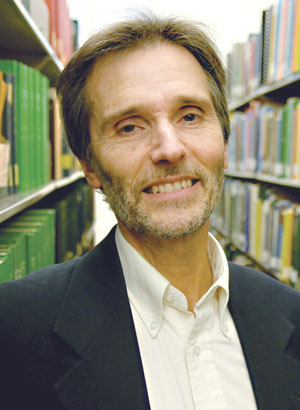The federal government’s record of naming members of visible minorities to the bench — there were two out of the last 100 appointments — has come under critical scrutiny recently.

Given the retirement of Supreme Court Justice Marie Deschamps, now is a good time to reflect on the conventions that have characterized appointments to the top court since its creation.
In a nutshell, these conventions began with regional, religious (meaning Protestant or Catholic), and ethno-cultural (meaning English or French) representation and then slowly broadened after 1970 to recognize gender and multiculturalism as factors.
Ever since the first Supreme Court Act mandated that two of the initial six judges should be from the Quebec bar, there has been an assumption that the court should reflect the regional variation and ethno-cultural makeup of the country.
As Canada became more culturally diverse and women came to play a more important role in public life, it’s not surprising that new conventions have evolved to reshape the court.
Region, however, remains the strongest convention in Supreme Court appointments. Aside from the current statutory requirement of three Quebec judges, all of the other conventions are unwritten but remain no less powerful.
Originally, two judges each came from Quebec, Ontario, and the Maritimes, reflecting the first four confederating provinces. When justice Robert Sedgewick of Nova Scotia died in office in 1906, Lyman Poore Duff of Victoria replaced him in a move that reflected the growth of the West.
Atlantic Canadian representation ever since has remained at one member. When the court grew to seven judges in 1927, the position was earmarked for Ontario.
Western representation rose to two when the court expanded to nine in 1949, a change that also added a third Quebec judge. Since the appointment of justice William McIntyre in 1979, the western convention has meant one judge from British Columbia and one from the Prairies.
Turning to religion and ethno-cultural background, the conventions were rigid for nearly a century.
The Quebec judges were almost invariably French and Catholic except for Charles Fitzpatrick, who was parachuted from former prime minister Wilfrid Laurier’s cabinet in 1906 into the position of chief justice. He was Irish and Catholic.
There was also Douglas Abbott in 1954, an anglo-Protestant Montrealer. Henri-Elzéar Taschereau became the first French-Canadian chief justice in 1902, but the convention of rotating English and French chiefs didn’t take root until after Duff’s retirement in 1944.
Among the judges from outside Quebec, one was often, although not invariably, a Catholic, and the rest Protestant. There was representation from no other religion or ethnicity until Laskin joined the court in 1970 as its first Jewish member.
But no avalanche of appointments from various multicultural groups followed. Another Jewish judge didn’t arrive for almost 20 years after Laskin’s death. That came with the appointment of Justice Morris Fish in 2003 and then Justice Rosalie Abella in 2004 and Justice Michael Moldaver in 2011.
It wasn’t until justice John Sopinka, who was of Ukrainian heritage, joined the court in 1988 that was there another appointee of non-English or French background. Justice Frank Iacobucci joined soon after in 1991 and, of course, there was Justice Andromache Karakatsanis last year.
Certainly, the most striking change in convention since Laskin’s death has been the eclipse of religion as a driving factor in appointments.
Our current court, with three judges of Catholic or Orthodox background, three Jews, and three Protestants, would have been unthinkable as recently as 1990. But as for cultural background, change has been slow, cautious, and Eurocentric.
The court has no visible minority or aboriginal members and that’s not likely to change when Justice Marie Deschamps leaves this year given the all-white and overwhelmingly pure laine composition of the Quebec Court of Appeal.
The more acute question is whether a woman will replace Deschamps. It was only with the 1989 appointment of Chief Justice Beverley McLachlin that one-third of the judges were women and it’s only since 2004 that there have been four.
While it would be startling to see fewer than three women on the court, one can’t yet say there’s a convention of having four. If Deschamps’ replacement is a woman, that will help crystallize such a convention.
For more, see "
Diversity on bench 'long way' off."
Philip Girard is a legal historian and professor at Dalhousie University’s Schulich School of Law. He’s also associate editor at the Osgoode Society for Canadian Legal History. His e-mail address is [email protected].

 Given the retirement of Supreme Court Justice Marie Deschamps, now is a good time to reflect on the conventions that have characterized appointments to the top court since its creation.
Given the retirement of Supreme Court Justice Marie Deschamps, now is a good time to reflect on the conventions that have characterized appointments to the top court since its creation.